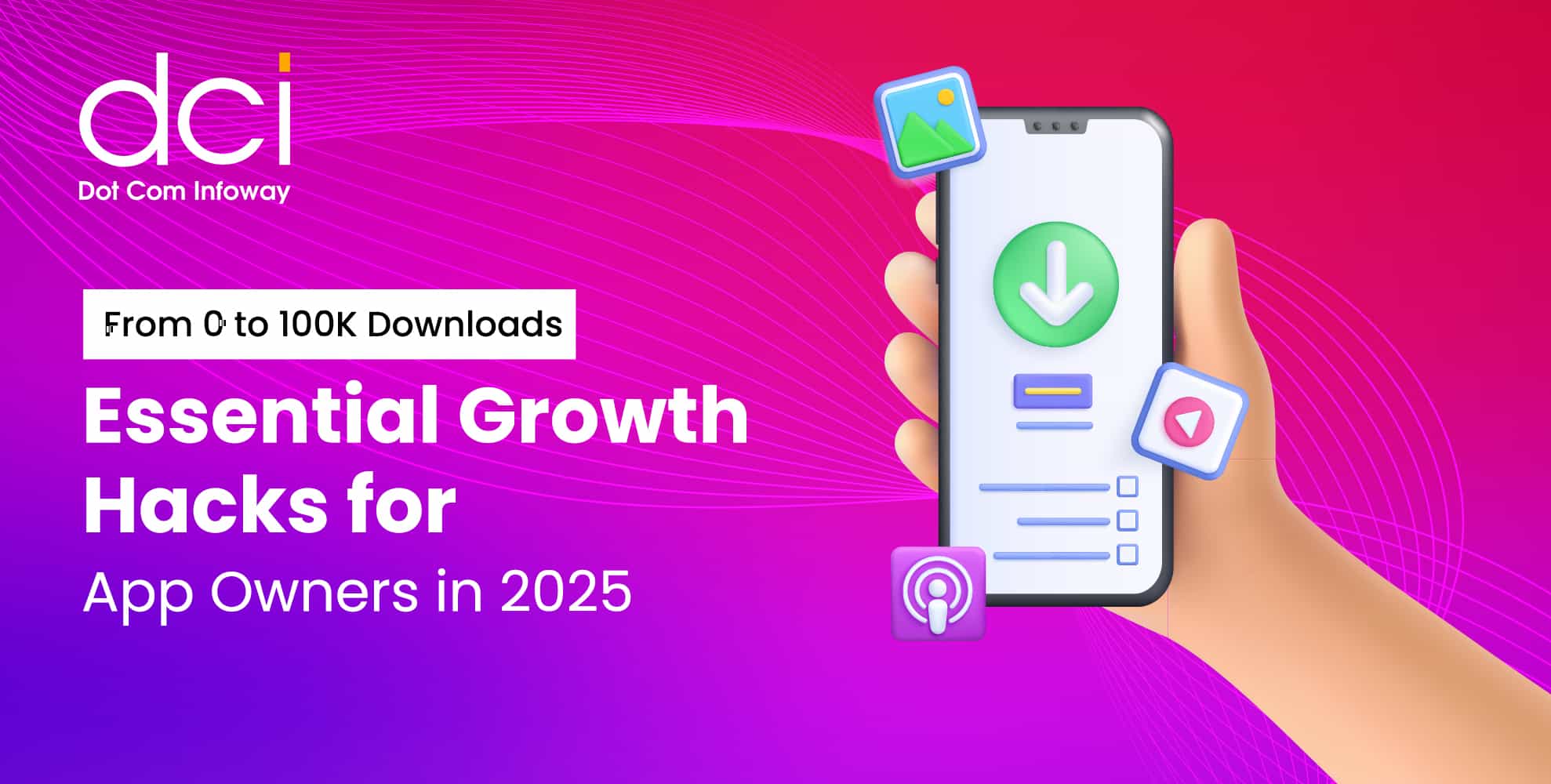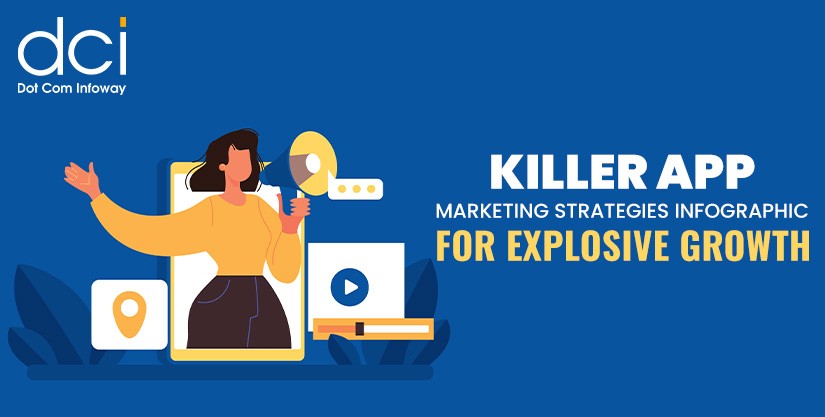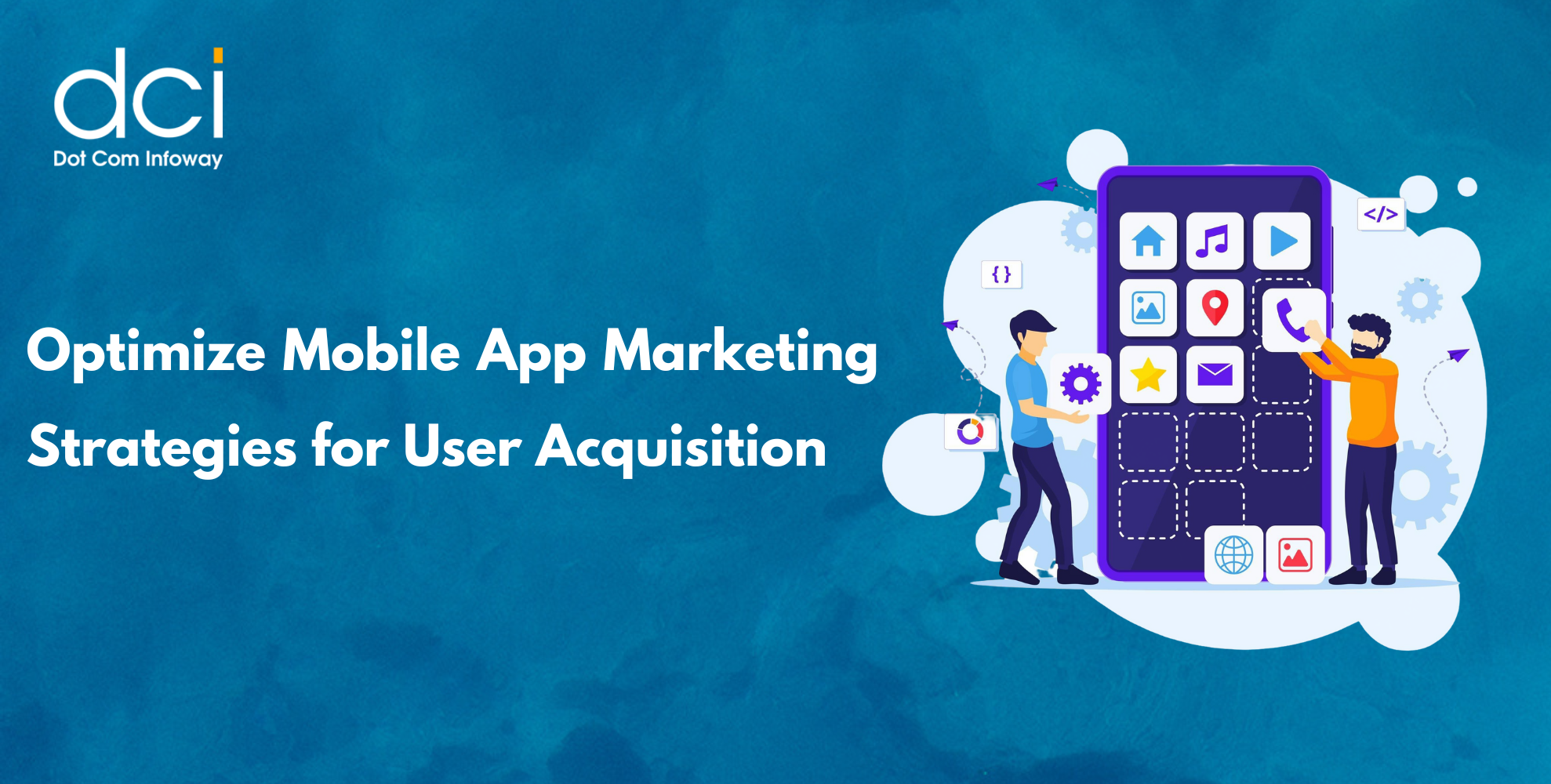What sets a successful app apart from the thousands of others languishing in obscurity? It’s not just a sleek interface or innovative features—it’s user reviews and ratings. For modern app developers and marketers, this feedback isn’t just about measuring user satisfaction. It’s a core component of App Store Optimization (ASO), the secret sauce that drives visibility and download numbers. Apps like TikTok and Spotify thrive not only because of their robust marketing strategies but due to the social proof generated by positive user feedback. If you want your app to rise through the rankings and capture a larger audience, understanding how to harness the power of reviews is non-negotiable.
User Reviews & Ratings: Their Role in ASO and How to Leverage Them
7 mins read

The Importance of App Store Optimization (ASO)
In an era where millions of apps compete for attention on platforms like the Apple App Store and Google Play Store, ASO is the compass guiding users to your app. Just like SEO ensures a website ranks high on search engines, ASO optimizes an app’s visibility within app stores. The higher your app ranks, the more likely users are to discover, download, and engage with it. But ASO isn’t a standalone process—it thrives on user engagement, including downloads, keywords, and critically, user feedback. Apps that consistently receive high ratings and detailed reviews are rewarded by app store algorithms, making reviews the bridge between an app’s quality and its success.
How User Reviews Influence ASO
User reviews play a pivotal role in determining an app’s position in search results and category rankings. Both Google Play and Apple’s App Store analyze user feedback to assess the quality of the app and the likelihood of user satisfaction. When potential users encounter an app with glowing reviews, they’re more likely to download it, signaling positive engagement to the algorithm. But beyond quantity, the content of reviews matters. Keywords found within reviews can contribute to the app’s discoverability when users search for related terms. This synergy between content and context amplifies an app’s exposure and organic reach.
Building Credibility and Social Proof
Have you ever hesitated to install an app after seeing a slew of one-star reviews? User reviews serve as digital word-of-mouth, significantly influencing consumer behavior. In fact, studies reveal that over 70% of users check ratings and reviews before downloading an app. High ratings and consistent positive reviews act as endorsements, helping your app gain the trust of potential users. Social proof isn’t just about conversion—it reduces churn rates by attracting quality users who are genuinely interested in your product.
Impact of Ratings on Click-Through Rates (CTR)
A higher app store ranking won’t translate to more downloads unless users are motivated to click. That’s where user ratings come into play. An app with an average rating of 4.5 stars or higher is more likely to receive clicks compared to an app hovering around 3 stars. It’s not just about vanity metrics—these ratings directly impact click-through rates (CTR), making them a key performance indicator (KPI) for ASO. Improved CTR signals to app stores that your app delivers value, further boosting its visibility.

Ready to boost your website’s rankings and online visibility?
Discover how our expert SEO services can resolve ranking issues, drive traffic, and elevate your website’s performance to the next level!
How Ratings Affect App Store Ranking
Ratings are more than just stars—they’re signals of overall app health. Both the Google Play Store and Apple App Store consider not just the average rating but the frequency and recency of ratings. An influx of recent positive ratings can quickly propel an app up the rankings, while a stagnant rating history can drag it down. Additionally, negative ratings that remain unaddressed may signal quality issues, prompting the app store to reduce its ranking. Ensuring a steady stream of high ratings is key to maintaining your app’s visibility.
App Store Algorithms: Key Ranking Signals
App stores use complex algorithms to determine an app’s ranking, and user feedback is central to this calculation. Factors like review sentiment, response rate to feedback, and frequency of updates driven by user suggestions are tracked closely. For example, if an app consistently addresses user complaints and pushes updates reflecting those improvements, it’s viewed favorably by the algorithm. A proactive feedback management strategy, therefore, isn’t just about pleasing users—it’s about pleasing the algorithm.
Incorporating User Reviews into ASO-Driven Marketing Campaigns
User reviews aren’t just valuable within app stores—they’re a powerful asset for marketing campaigns as well. Incorporating authentic user feedback into your social media posts, email campaigns, and app advertisements can create a ripple effect that drives downloads. Positive reviews provide a form of proof that resonates with audiences beyond the app store, fostering trust and engagement. App developers can highlight key phrases from 5-star reviews or user-generated testimonials in promotional graphics or videos, creating an emotional connection with potential users. By extending the influence of reviews outside the app store, developers amplify their ASO efforts and create a holistic marketing strategy.
Conclusion
User reviews and ratings are more than a feedback mechanism—they’re a driving force behind app store success. By effectively managing user feedback and integrating insights into your app’s development, you can fuel continuous growth. Remember, apps that prioritize user satisfaction through reviews don’t just rank higher—they cultivate long-term loyalty and engagement.
Latest Posts
Get the latest insights from Dot Com Infoway straight to your inbox.





![The Game Marketing Guide: Pre and Post-Launch Strategies [Infographic]](https://www.dotcominfoway.com/wp-content/uploads/2023/09/DCI-Game-Marketing-blog-1.jpg)















